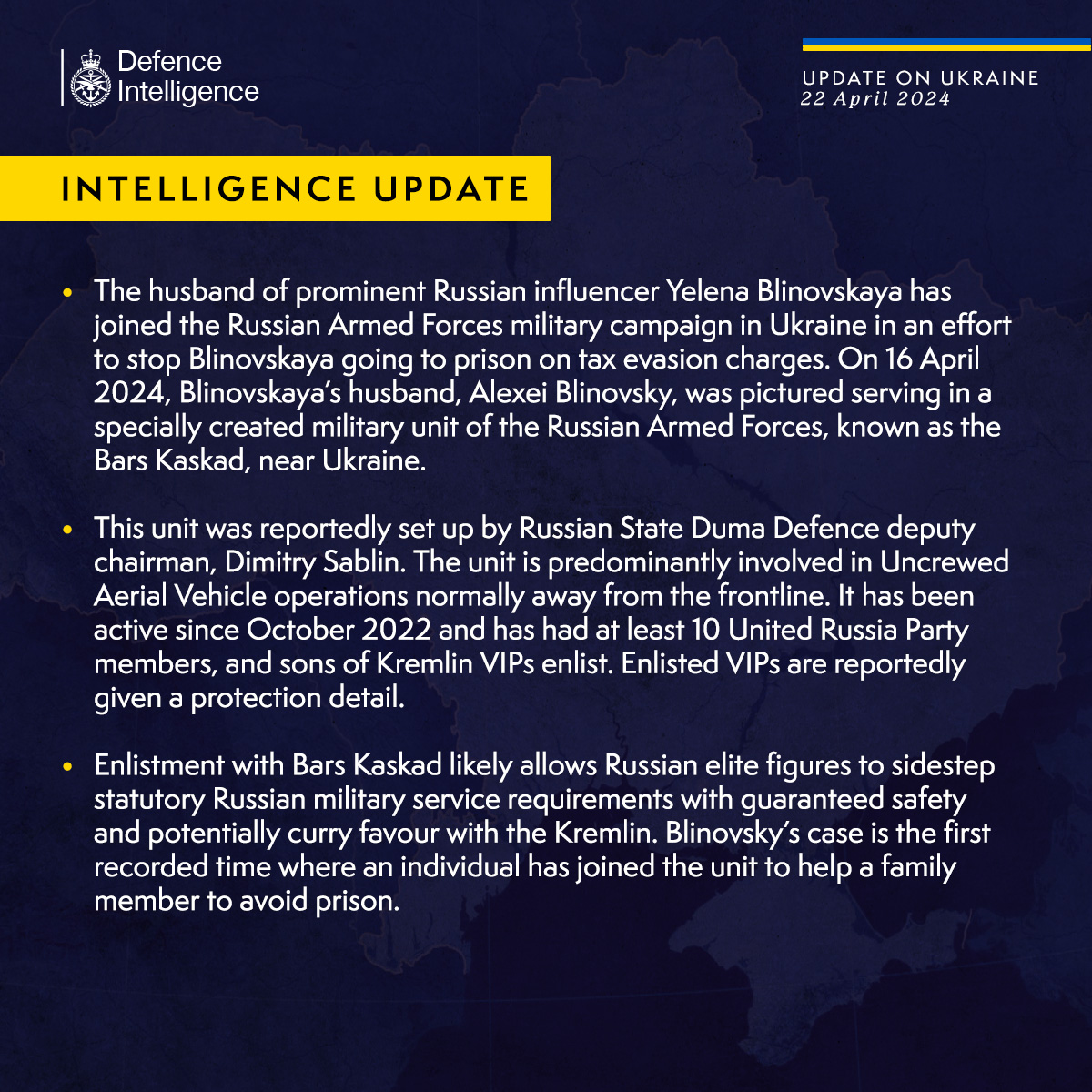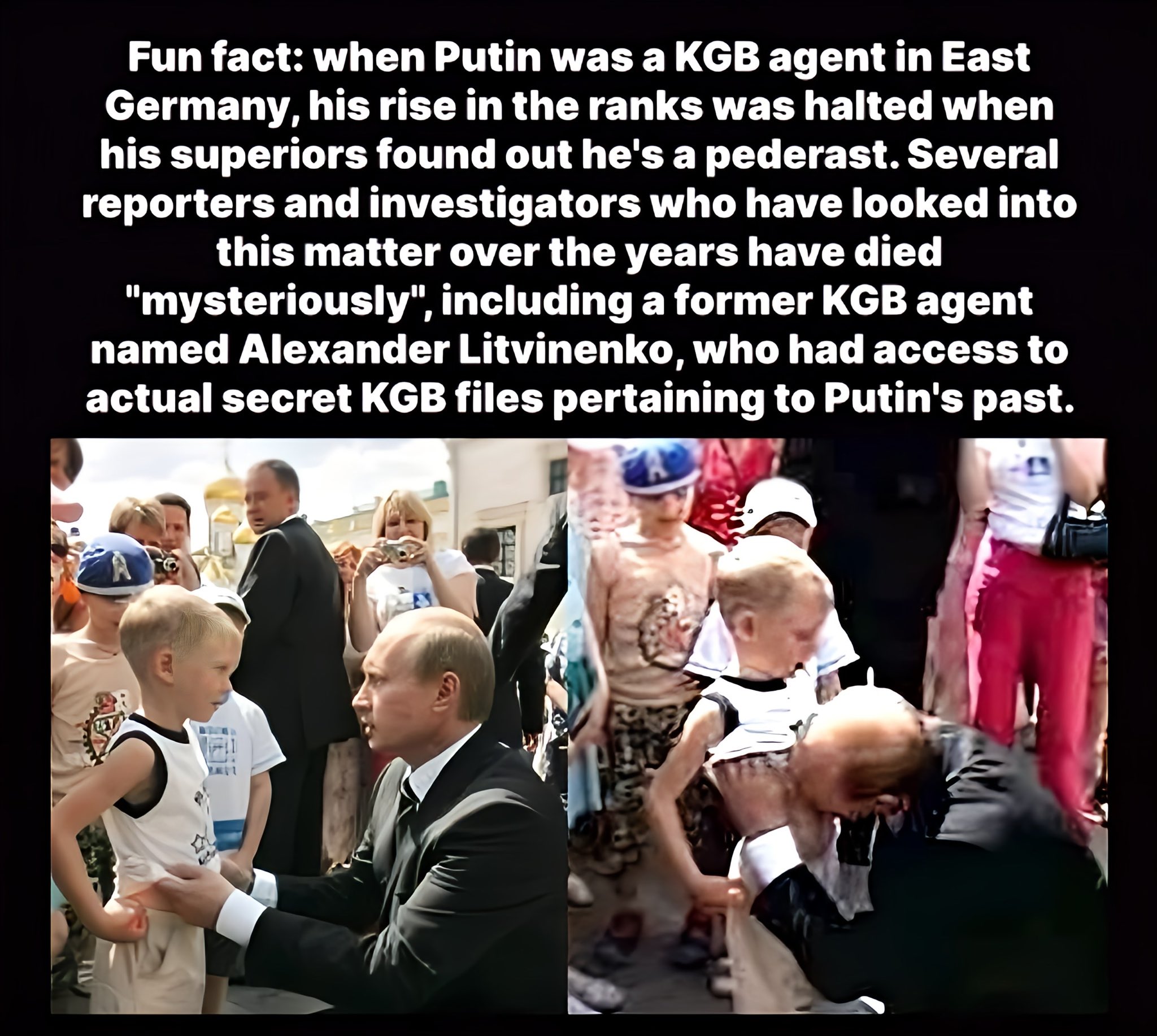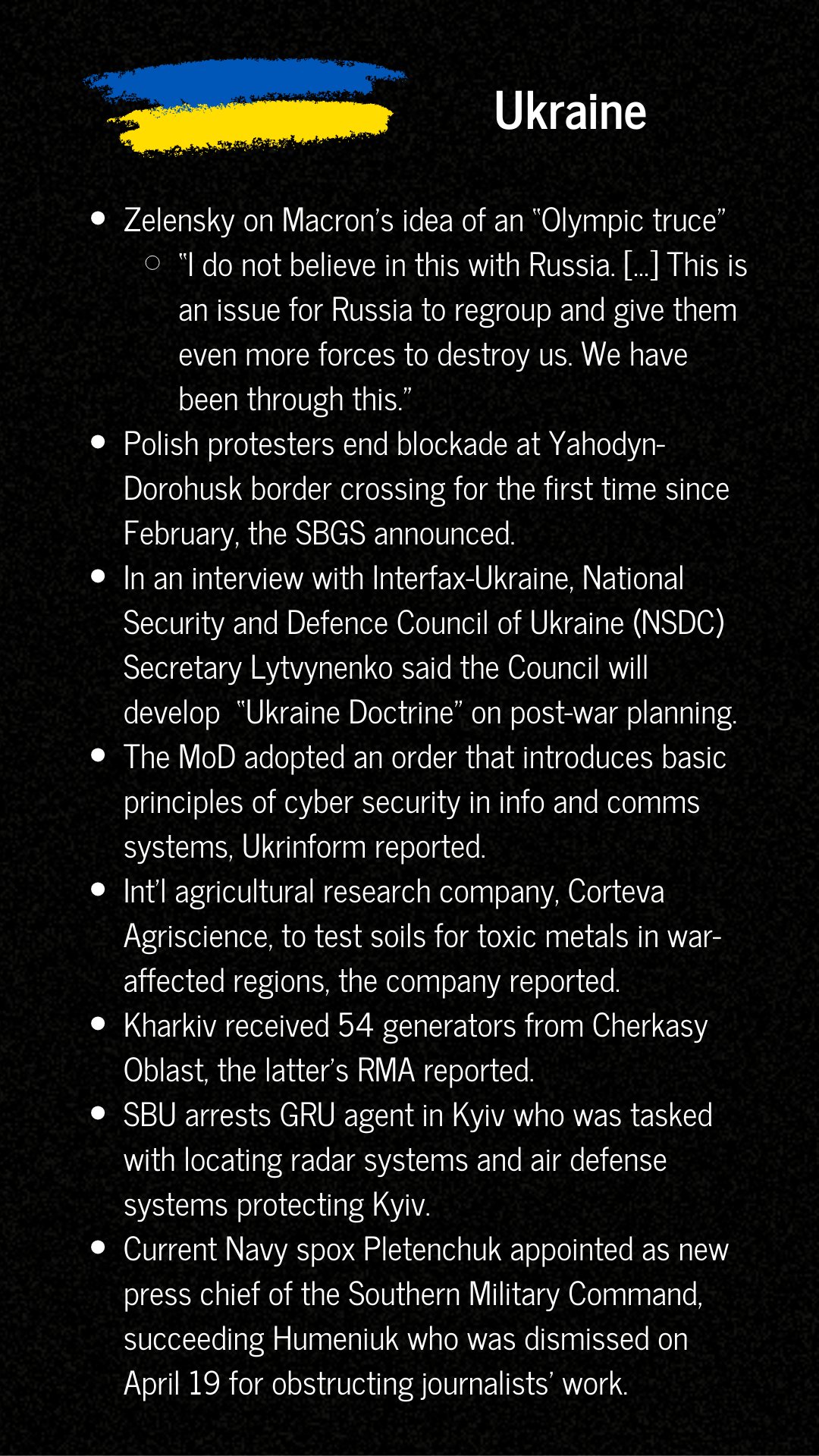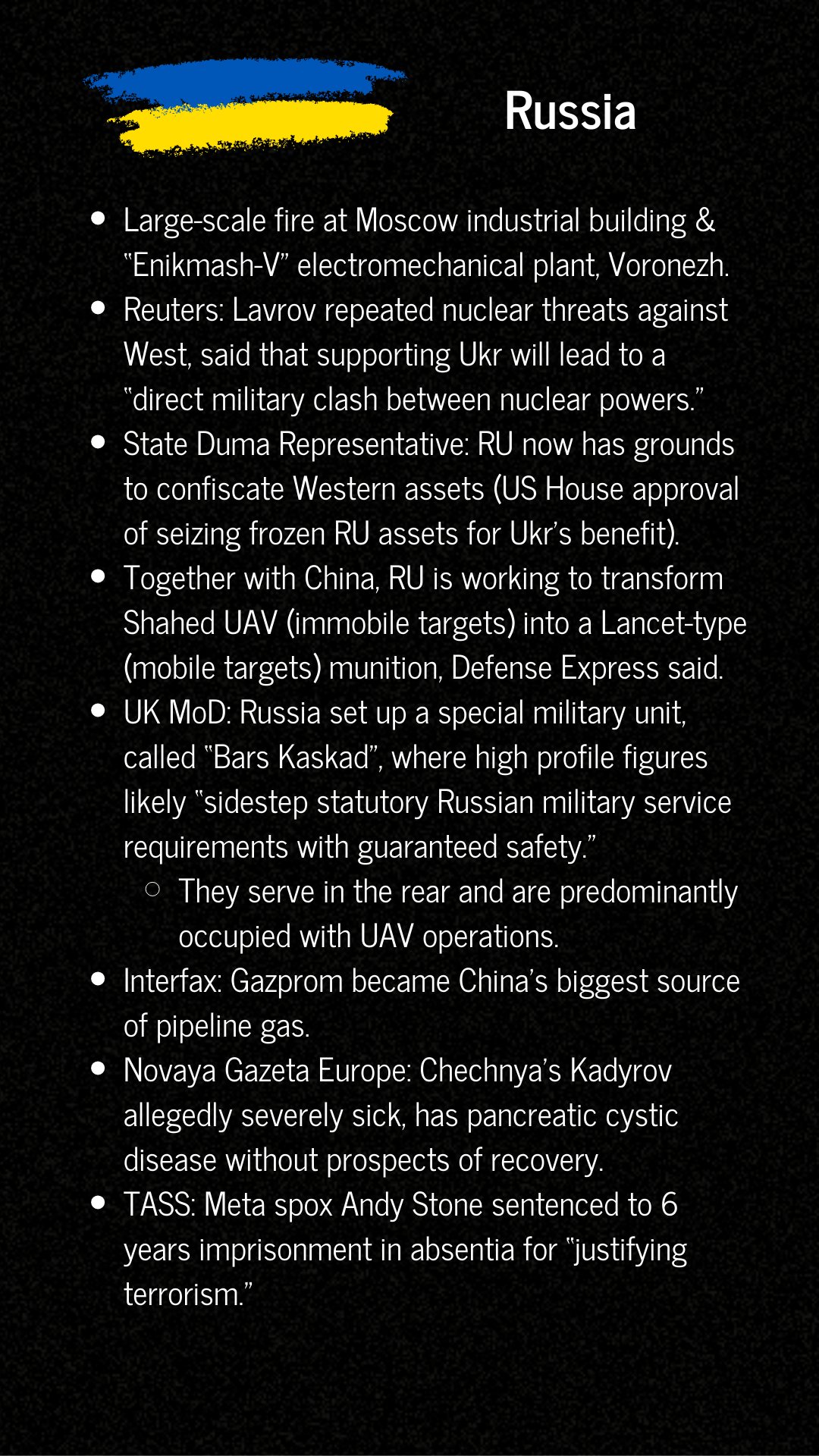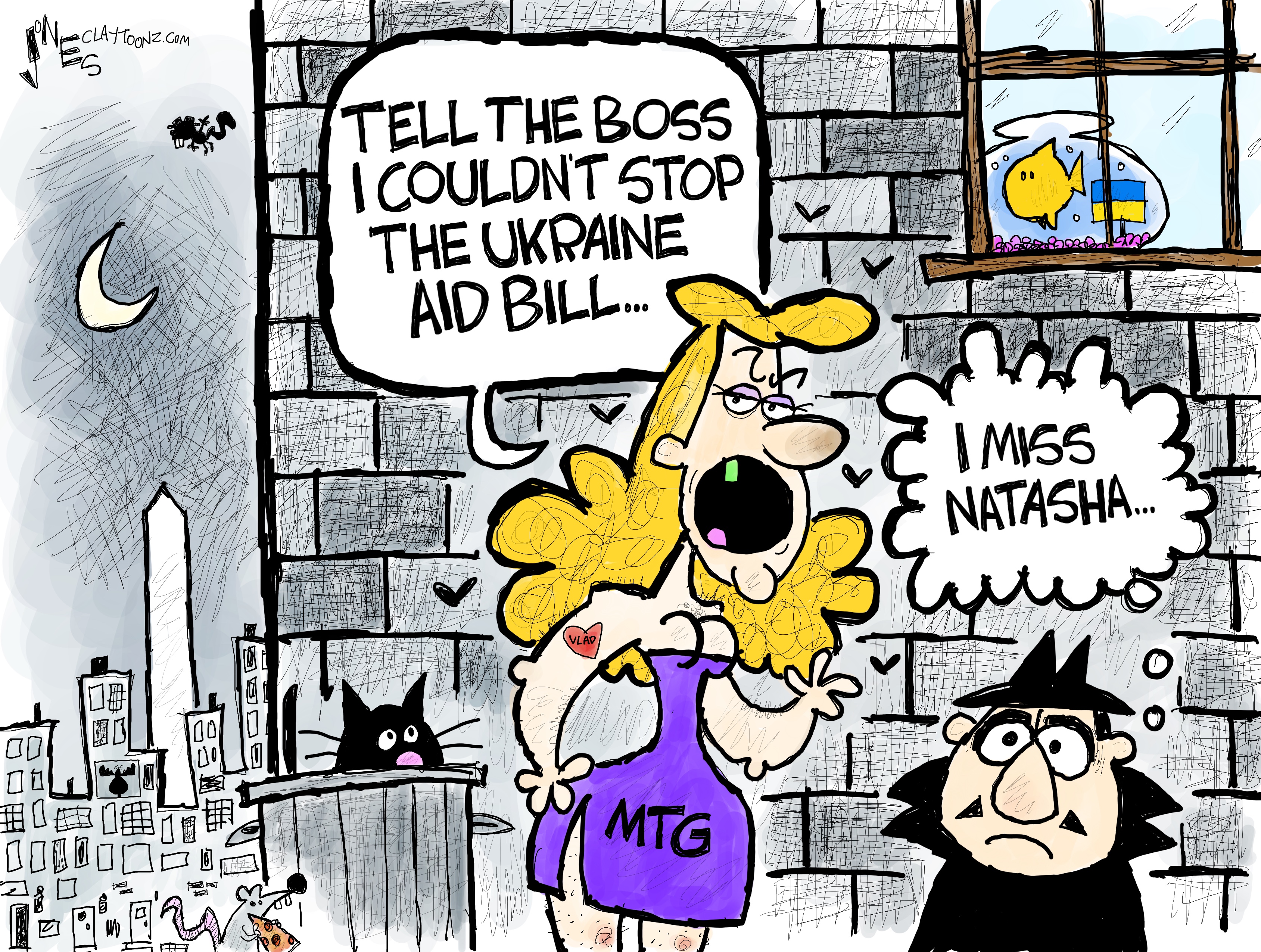I forget where, but I read a story about Russia recruiting female prisoners rather heavily. We see reports about how the Russian military is regrouping and rearming, then we see articles about how they are combing the prisons and ethnic enclaves versus making the fancy boys of Moscow or St. Petersburg join the fight. I still like Ukraine's odds if they get the help they need, and sanctions continue to be aggressively applied.
Colleges
- American Athletic
- Atlantic Coast
- Big 12
- Big East
- Big Ten
- Colonial
- Conference USA
- Independents (FBS)
- Junior College
- Mountain West
- Northeast
- Pac-12
- Patriot League
- Pioneer League
- Southeastern
- Sun Belt
- Army
- Charlotte
- East Carolina
- Florida Atlantic
- Memphis
- Navy
- North Texas
- Rice
- South Florida
- Temple
- Tulane
- Tulsa
- UAB
- UTSA
- Boston College
- California
- Clemson
- Duke
- Florida State
- Georgia Tech
- Louisville
- Miami (FL)
- North Carolina
- North Carolina State
- Pittsburgh
- Southern Methodist
- Stanford
- Syracuse
- Virginia
- Virginia Tech
- Wake Forest
- Arizona
- Arizona State
- Baylor
- Brigham Young
- Cincinnati
- Colorado
- Houston
- Iowa State
- Kansas
- Kansas State
- Oklahoma State
- TCU
- Texas Tech
- UCF
- Utah
- West Virginia
- Illinois
- Indiana
- Iowa
- Maryland
- Michigan
- Michigan State
- Minnesota
- Nebraska
- Northwestern
- Ohio State
- Oregon
- Penn State
- Purdue
- Rutgers
- UCLA
- USC
- Washington
- Wisconsin
High Schools
- Illinois HS Sports
- Indiana HS Sports
- Iowa HS Sports
- Kansas HS Sports
- Michigan HS Sports
- Minnesota HS Sports
- Missouri HS Sports
- Nebraska HS Sports
- Oklahoma HS Sports
- Texas HS Hoops
- Texas HS Sports
- Wisconsin HS Sports
- Cincinnati HS Sports
- Delaware
- Maryland HS Sports
- New Jersey HS Hoops
- New Jersey HS Sports
- NYC HS Hoops
- Ohio HS Sports
- Pennsylvania HS Sports
- Virginia HS Sports
- West Virginia HS Sports
ADVERTISEMENT
You are using an out of date browser. It may not display this or other websites correctly.
You should upgrade or use an alternative browser.
You should upgrade or use an alternative browser.
This might be a little tougher than Putin thought...
- Thread starter Nole Lou
- Start date
Everyone of their thought bubbles was “I have ****ed up so badly and may not survive this **** up.”
Last edited:
Unbelievable that any American would bootlick a murderous genocidal autocrat that put a bounty on American soldiers and is the head of state that has been at war against the USA, cold hot or cyber for literally everyone’s entire lifetime.
"The planned ignition of the Voronezh Enikmash plant is being successfully carried out."
Last edited:
| Crotale | |
|---|---|
| Service history | |
| Production history | |
| Specifications | |
 Crotale NG at the Paris Air Show, 2007 | |
| Type | Surface-to-air missile system |
| Place of origin | France |
| Used by | See Operators |
| Wars | Chadian-Libyan conflict South African Border War 2022 Russian invasion of Ukraine |
| Designed | Late 1960s |
| Manufacturer | Thales Group Samsung Group |
| Produced | Early 1970s |
| No. built | 6,600 missiles (R440) |
| Mass | 80 kg |
| Length | 2.89 m |
| Diameter | 15 cm |
| Wingspan | 54 cm |
| Warhead | forward-directed blast warhead (R.440 and R.460) or blast-fragmentation warhead (VT-1) |
| Warhead weight | 15kg |
| Detonation mechanism | infrared fuse, converted to RF fuse in later models. |
| Engine | Lens 3 solid-fuel boost-glide (R.440) |
| Operational range | VT-1: 11 km Mk3: 16 km |
| Flight ceiling | VT-1: 6,000 m Mk3: 9,000 m |
| Maximum speed | 800 m/s (Mach 2.3) for R.440, 1250 m/s (Mach 3.6) for VT-1 |
| Guidance system | Automatic command to line of sight[1] |
| Steering system | Canard and tail axis control |
| Launch platform | Mobile Launcher, Naval Launch |
 Crotale missile launchers of the French Air Force.
Crotale missile launchers of the French Air Force.The Crotale (English: "Rattlesnake") is a French, all-weather, short-range surface-to-air missile system developed to intercept airborne ranged weapons and aircraft, from cruise or anti-ship missiles to helicopters, UAVs or low-flying high-performance fighter aircraft. It was developed by Thomson CSF Matra (now Thales Group) and consists of a mobile land-based variant as well as various naval ones.
If there is really a Heaven, there has to be a special place for those from the Baltic States who are giving so much military equipment. In at least a couple of cases now, all their artillery and missiles.
Good-Norway has lots of money.
Good-Norway has lots of money.
Speaking of Kotkin, and I was.... Here is a great recent piece by him about the potential futures for Russia.Snyder is awesome. I highly recommend "Bloodlands" (one of his books).
See also, Kotkin and Applebaum.
https://www.foreignaffairs.com/russian-federation/five-futures-russia-stephen-kotkin#
BERLIN, April 22 (Reuters) - Three Germans have been arrested on suspicion of working with the Chinese secret service to hand over technology that could be used for military purposes, potentially helping strengthen China's navy, German officials said on Monday.
The arrests came a week after Chancellor Olaf Scholz travelled to China to press Beijing on its support for Russia's wartime economy and to raise issues of intellectual property theft and fair market access.
Old hat:That's not random. They always go after broadcasting facilities.
The bombing was part of NATO's aerial campaign against the Federal Republic of Yugoslavia, and severely damaged the Belgrade headquarters of Radio Television of Serbia (RTS). Other radio and electrical installations throughout the country were also attacked.[2] Sixteen employees of RTS were killed when a single NATO missile hit the building. Nearly all the RTS employees killed were technicians, security workers and makeup artists. Many were trapped for days, only communicating over mobile phones. The station returned to the air less than 24 hours later from a secret location.[3][4][5]
Justification
NATO Headquarters justified the bombing with two arguments; firstly, that it was necessary "to disrupt and degrade the command, control and communications network" of the Yugoslav Armed Forces, and secondly, that the RTS headquarters was a dual-use object which "was making an important contribution to the propaganda war which orchestrated the campaign against the population of Kosovo".[2]buttery malesOld hat:
The bombing was part of NATO's aerial campaign against the Federal Republic of Yugoslavia, and severely damaged the Belgrade headquarters of Radio Television of Serbia (RTS). Other radio and electrical installations throughout the country were also attacked.[2] Sixteen employees of RTS were killed when a single NATO missile hit the building. Nearly all the RTS employees killed were technicians, security workers and makeup artists. Many were trapped for days, only communicating over mobile phones. The station returned to the air less than 24 hours later from a secret location.[3][4][5]
Justification
NATO Headquarters justified the bombing with two arguments; firstly, that it was necessary "to disrupt and degrade the command, control and communications network" of the Yugoslav Armed Forces, and secondly, that the RTS headquarters was a dual-use object which "was making an important contribution to the propaganda war which orchestrated the campaign against the population of Kosovo".[2]
No, 'old hat':buttery males
Slang. 1. old-fashioned; out-of-date. 2. well-known or familiar to the point of being trite or commonplace.
Special Forces History
The initial hours of Operation JUST CAUSE were a major disappointment for Company C, 3rd Battalion, 7th Special Forces Group (3-7th SFG) on 20 December 1989. Stationed in Panama, the company had planned and rehearsed Direct Action (DA) missions for months in support of the anticipated United States combat action to topple the dictatorship of General Manuel Noriega. High profile missions, which included protecting friendly High Value Targets (HVT), like the “true winners of the May 1989 presidential election,” were cancelled, or assigned to other units before JUST CAUSE commenced.1
These disappointments faded about 1530 hours, when Staff Sergeant (SSG) Deams B. Smith, an “extremely frustrated” SF Weapons Sergeant fluent in Spanish, turned on his transistor radio. He heard a Panamanian government spokesman urging locals to “resist the Yankee invaders, by grabbing a kitchen knife and fighting.”2 Smith realized that these Radio Nacional broadcasts had to be stopped. Company C received that mission. It was characterized by surprise, speed, and aggressive force. This article describes how Company C, 3-7th SFG took Radio Nacional ‘off the air.’ That combat mission “validated the force” on D-day of JUST CAUSE.
Even the Russians figured out you just can't trust Republicans...
US aid could buy Kyiv time, but Ukraine needs many more troops
For the exhausted Ukrainian artillery gunners holding off Russian forces near the eastern town of Kupiansk, the U.S. aid package expected to finally pass this week is a lifeline and, potentially, a gamechanger, although that could take some time.If they'd passed it (earlier), it would have changed the situation dramatically," said one soldier, call sign "Sailor", who said a shortage of shells had reduced their covering fire for infantrymen, costing lives and territory.
After six months of congressional wrangling, the $61 billion aid package is now expected to be approved this week by the U.S. Senate and signed by President Joe Biden, replenishing Kyiv's critically low stocks of artillery shellsand air defences.
The influx of weapons should improve Kyiv's chances of averting a major Russian breakthrough in the east, said two military analysts, an ex-Ukrainian defence minister and a European security official.
But Kyiv still faces manpower shortages on the battlefield, while questions linger over the strength of its fortifications along a sprawling, 1,000-km front line ahead of what President Volodymyr Zelenskiy said could be a Russian summer offensive.
"The most important source of Ukrainian weakness is the lack of manpower," said Konrad Muzyka, director of the Rochan military consultancy in Poland.
After months of debate, a law signed by Zelenskiy on April 16 to overhaul the rules governing how Ukraine mobilises civilians into the army enters force in May with the aim of making the process faster, more transparent and effective.
But new draftees will require months of training before they can be deployed, which in turn creates a "window of opportunity" for Russia to exploit, Muzyka said.
I would expect the situation to probably continue to deteriorate over the next three months, but if mobilisation goes according to plan and the U.S. aid is unblocked then the situation should improve from autumn onwards," he said.
The Kremlin said the U.S. aid would not alter Russia's upper hand on the front lines and would simply result in more Ukrainian deaths.
NARROW THE SHELL GAP
Moscow has had the battlefield advantage since capturing Avdiivka, a long-time bastion town in the eastern Donbas region, in February, and its forces have been slowly advancing, using greater numbers of troops and artillery shells.
They are now bearing down on the town of Chasiv Yar, located on high ground that, if captured, would bring Moscow closer to the remaining Kyiv-held Donbas cities of Kostiantynivka, Kramatorsk and Sloviansk.
Zelenskiy said last week that Russia was now able to fire 10 times more artillery rounds than Ukraine's troops. Russian forces outnumber Kyiv's troops 7-10 times in the east, a Ukrainian general said this month.
Andriy Yusov, Ukraine's military intelligence spokesman, said Moscow was focused on the full capture of the eastern Donetsk and Luhansk regions -- the Donbas.
Russia, he added, was attacking on three fronts there - west of Avdiivka, from Kupiansk to Lyman and west of Bakhmut. In the south, it was pressing on Robotyne, the village retaken by Kyiv during last year's offensive, he said.
Ukrainian positions have been pounded this year by thousands of glide bombs fired by warplanes taking advantage of Russian air superiority and dwindling Ukrainian air defences.
Andriy Zagorodnyuk, a former Ukrainian defence minister, said an influx of ground-based air defences would help, while U.S.-produced F-16 fighter jets, which Kyiv expects to receive later this year, would force Russian warplanes back entirely.
Replenished stocks of artillery shells should bring the gap in rounds fired down to several Russian rounds for every one Ukrainian round, he added.
"We don't need to have one-to-one. Three to one would still do the job," he said, citing Kyiv's more "calculated" approach versus Russia's reliance on quantity.
In addition to U.S. aid, European Union assistance includes a Czech-led initiative that will begin supplying Ukraine some 300,000 rounds of 155 mm artillery shells beginning in June.
A senior European security source told Reuters that if Ukraine received the new U.S. and EU assistance, the likelihood of averting a major Russian breakthrough over the next 12 months was "quite high".
LOSING MORE GROUND
The Ukrainian military needed a "massive" influx of personnel to stall Russian forces across the entire front, Muzyka said, adding that a separate recruitment drive to enlist volunteer fighters would not be enough to cover the deficit.
The European security source also said Ukraine needed to step up its mobilisation effort.
Neither side in the conflict shares official data on their own military strength and casualty rates.
Ukraine's Yusov said Russia, which controls 18% of Ukrainian territory, has between 450,000-470,000 ground troops fighting in Ukraine in addition to 35,000 national guardsmen as well as separate air force and naval operations taking place.
Kyiv has said in the past that it has around 1 million people under arms.
In December, Zelenskiy said his military wanted to mobilise up to half a million new soldiers. Ukraine's top commander said after taking the helm in February that a review of resources had concluded that a "significantly reduced" number were needed.
Muzyka said it was unclear how deep Ukraine's fortifications were. The military says it has been working around the clock to improve them and Zelenskiy said this month construction was up to 98% complete in some areas of the front.
"Essentially what we're looking at in 2024 is as strong enough a defensive position as possible, but accepting that the Ukrainians are probably going to lose some ground to the Russians," Matthew Savill, military sciences director at the London-based RUSI think-tank, said.
That, he said, was the result of last year's Ukrainian counteroffensive which proved unable to significantly pierce Russian lines, Russia's concentration of forces and the long delay in the approval of U.S. military assistance.
"This is far later and a far less favourable position than the Ukrainians would have been hoping for in winter in terms of this support and other support," he said.
"The big challenge now is to simultaneously put up a strong defence and then prepare for an offensive in 2025."
US aid: US aid could buy Kyiv time, but Ukraine needs many more troops - The Economic Times
Ukrainian artillery gunners near Kupiansk are hopeful about the imminent U.S. aid package, seen as a crucial lifeline in their battle against Russian forces. The $61 billion aid is expected to replenish Ukraine's low stocks of artillery shells and air defenses. While the aid is anticipated to...
FWIW-trolling Turkey?
Last edited:
Similar threads
- Replies
- 3
- Views
- 261
- Replies
- 3
- Views
- 232
- Replies
- 35
- Views
- 739
ADVERTISEMENT
ADVERTISEMENT
